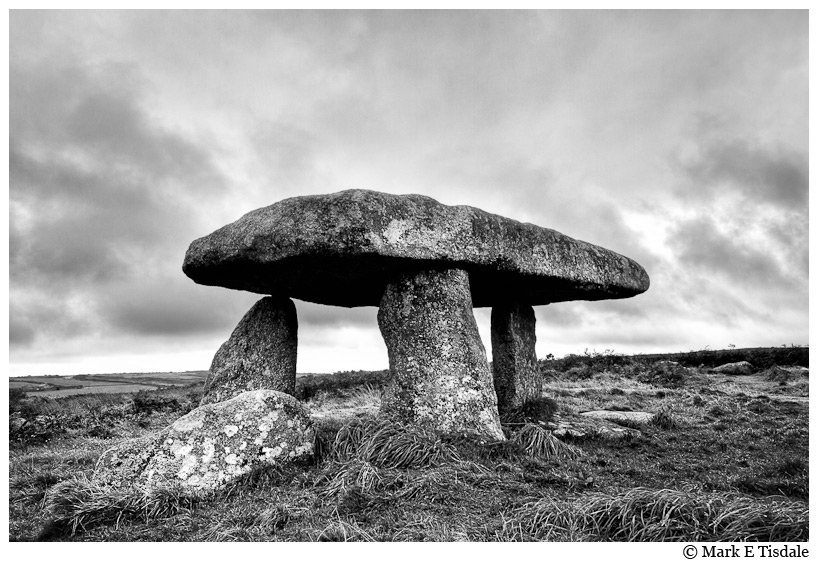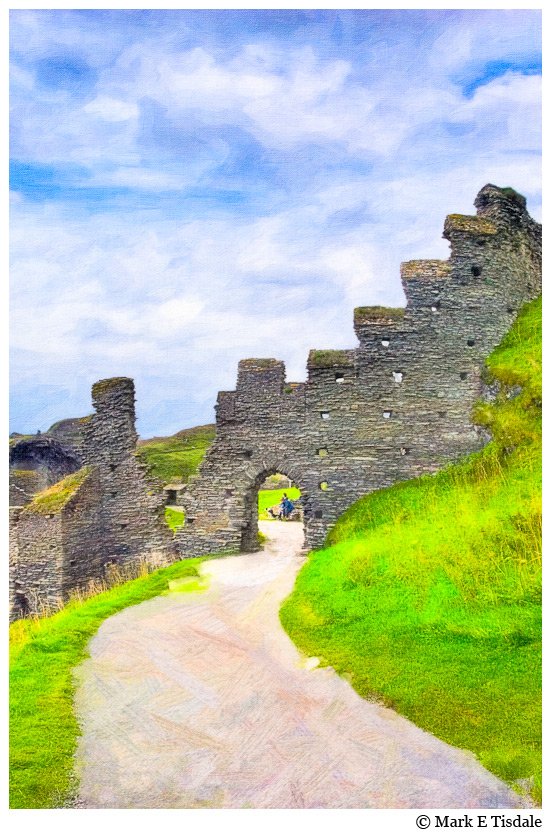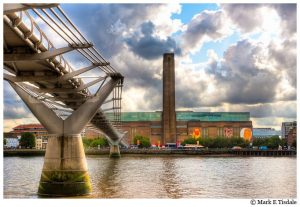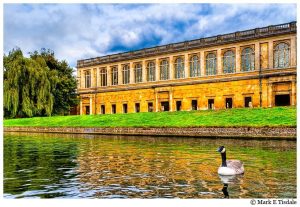Cornish Ruins
The countryside of Cornwall is dotted with old treasures, ruins that could range in age from centuries to millennia. But they all have a rich history.

Lanyon Quoit is on the older end. Built around 2500 BC, this neolithic dolmen is a also known as The Giants Table. In later times, people, who couldn’t fathom how they were constructed, believed objects like this to be the work of a race of giants. Possibly part of a tomb mound or possibly a ritual site, this was undoubtedly a place of great significance to the builders. It does not appear as it originally did. In the 19th century, it ws knocked down in a strong storm. Originally it had four supports and was much taller. It was rebuilt by the locals in 1875 as we see it today. Not surprisingly, there are also stories that King Arthur visited here.

Some sites are less ancient, despite appearances. This is Tintagel Castle, built in the 13th century by an earl of Cornwall. He was convinced that this site on the coast was the place where Arthur was conceived in the legends of the fabled King. He had the castle built to appear older than it was. The site didn’t hold much importance and the castle was largely abandoned within a century and left to fall into the ruins we see today. In the time of the Victorians, there was a resurgence in interest in the legends of Arthur and Tintagel became a tourist destination. There’s certainly a fairy tale magic to the place which is what I was after in this print.
For more prints from the United Kingdom, please check out my Britain Gallery.








